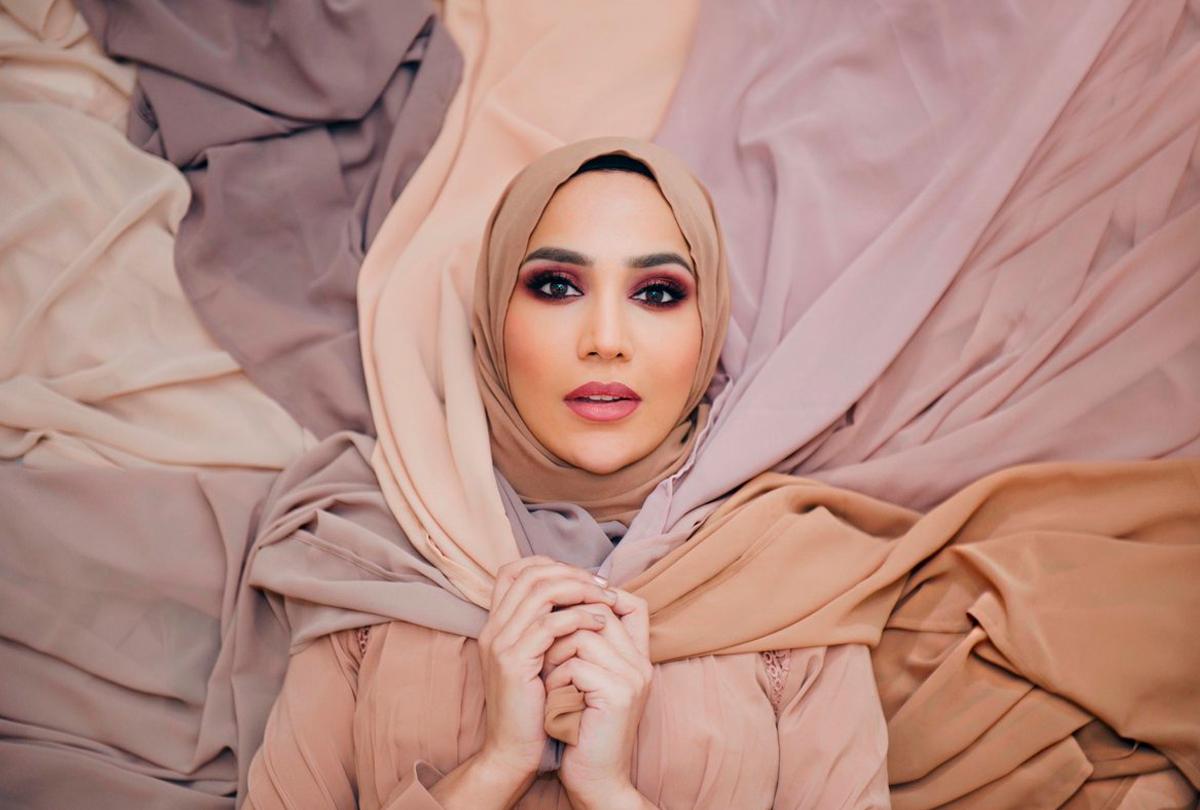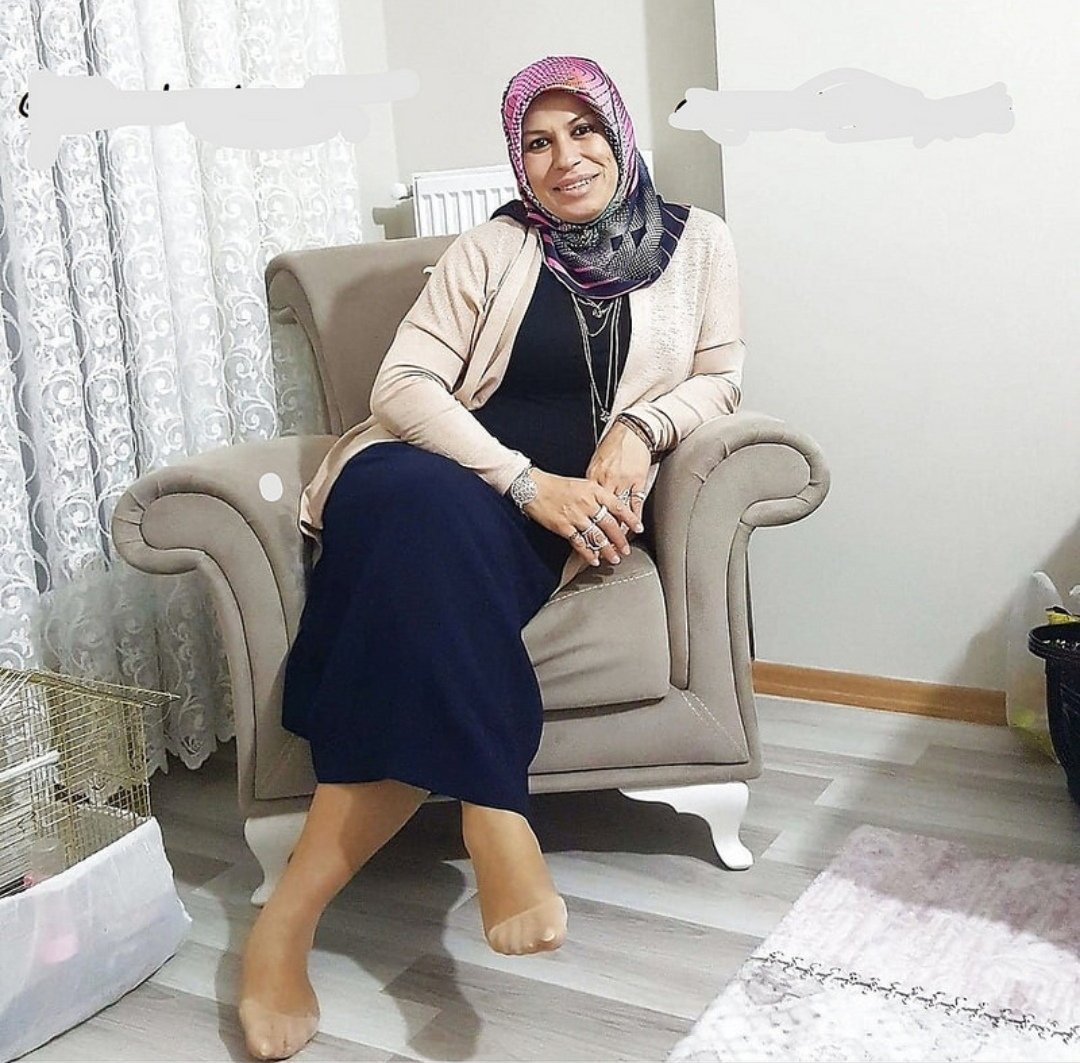🤖 AI-Generated Content
This content has been created using artificial intelligence. While we strive for accuracy, please verify important information independently.
Exploring the many ways people connect and share their lives online has become a big part of our daily rhythm, it's almost. For some groups, these digital spaces offer unique opportunities to express themselves and find community. We are going to look at how individuals, particularly those who wear a head covering, navigate these shared online areas and what their everyday experiences might involve.
There are, you know, channels and groups that bring people together around shared interests or ways of life. When we consider those who wear head coverings, it’s interesting to see how they make their mark in the digital world. These online spots can be places for connection, for sharing bits of life, or for just being present, in a way.
The journey of self-expression and finding one's place, whether in a career or just among friends, can sometimes feel like a real effort for women who choose to wear a head covering. Online platforms, it seems, might offer a different kind of space for them. We'll explore some of these digital pathways and the kinds of stories that emerge from them, more or less.
Table of Contents
- What is the online presence of türbanlı individuals like?
- How do türbanlı women manage daily life and online interaction?
- What role do platforms like TikTok and Twitter play for türbanlı voices?
- Are there unique ways türbanlı women engage with public spaces?
What is the online presence of türbanlı individuals like?
It's fascinating to consider how people build their digital homes, so to speak. Some individuals, particularly those who identify as türbanlı, find a sense of belonging or a place to share their thoughts on various online channels. You might find accounts or community hubs that focus on the experiences of veiled women, creating a kind of shared digital space. These places can be pretty active, offering a spot for conversation and connection, you know.
Think about a channel, like one called "@turbanliannem46," that gathers content related to türbanlı women. Such channels, it seems, serve as digital meeting points. They might feature discussions, shared stories, or just glimpses into the lives of people who choose to wear a head covering. This kind of online presence helps to form a collective identity, or at least a visible one, in the broader digital landscape. It’s a way for people to see themselves reflected and to feel a part of something, basically.
The internet, in a way, has opened up many avenues for different groups to express themselves. For türbanlı individuals, this means there are places where they can share their perspectives, their daily routines, or even just moments of joy. These online spots become platforms for self-representation, allowing people to present themselves as they wish to be seen. It's a simple, yet powerful, aspect of modern digital life, that.
Exploring online spaces for türbanlı individuals
When we look at the digital world, it’s clear that many people seek out communities that mirror their own lives or beliefs. For individuals who are türbanlı, there are specific online areas that cater to their interests and experiences. These spaces might be dedicated to fashion, lifestyle, or simply sharing personal thoughts, offering a sense of connection that might not always be present in other parts of their lives, you know.
These online gathering spots, often found on social media or video platforms, act as a kind of digital common ground. People can post about their day, share tips, or discuss topics that are important to them. It’s a way to build a network of support and understanding. The presence of a channel like "@turbanliannem46" suggests a specific focus, creating a hub for a particular audience, which is very interesting.
The creation and growth of these online communities show a clear need for representation and connection. People want to see others like themselves, and they want to share their stories in a safe, welcoming environment. For the türbanlı community, these digital spaces, including those associated with "sotwe" in a general sense of online interaction, are more or less vital for fostering a sense of belonging and mutual understanding. They allow for a kind of visibility that might not always be available elsewhere.
How do türbanlı women manage daily life and online interaction?
It can sometimes feel like a real uphill climb for women who wear a head covering, whether they are working in a professional setting or just enjoying time with friends. The world, you know, has its own set of expectations, and sometimes those expectations can make it harder for them to simply exist and thrive. This situation, in a way, makes their efforts to be present and active in both their jobs and their social circles even more challenging, it seems.
So, when we think about how türbanlı women handle their day-to-day lives, it’s worth considering the extra layers of effort they might put in. They are trying to make their mark, to contribute, and to be seen for who they are, not just for what they wear. This can involve finding creative ways to express themselves, to connect with others, and to build bridges of understanding, which is really quite something.
Online spaces, in this context, might offer a different kind of platform. They could be places where some of these challenges are less pronounced, or where people feel more comfortable sharing their true selves. It’s a bit like having a different stage to perform on, one where the audience might be more receptive or understanding. This interaction between daily life and digital presence is a rather complex dance, you know.
The everyday experiences of türbanlı individuals
The daily lives of individuals who wear a head covering are, in many ways, just like anyone else's, but there can be some specific considerations. They go to work, they spend time with family, they pursue hobbies. Yet, there are also moments where their choice to wear a head covering might bring about different kinds of interactions or perceptions from others. This can make their path in both professional and social settings a little more involved, you see.
Think about the effort involved in simply being seen and heard in various environments. For türbanlı women, this might mean navigating certain assumptions or finding ways to assert their identity and capabilities. It’s about showing up, contributing, and being a part of the fabric of society, even when it feels like there are extra hurdles to clear. This ongoing effort is a pretty significant part of their experience, in some respects.
The connection between these everyday experiences and online activity is quite interesting. Perhaps the digital world offers a space where some of these daily pressures are lessened. It could be a place where they can share their experiences, find solidarity, and simply be themselves without as much scrutiny. This interplay between the physical world and the digital one shapes how türbanlı individuals live and connect, more or less, and how they contribute to the broader online conversation, particularly within spaces that might be generally referred to as "sotwe" in the context of digital sharing.
What role do platforms like TikTok and Twitter play for türbanlı voices?
It's pretty clear that platforms like TikTok and Twitter have become huge stages for all sorts of voices, and that includes those from the türbanlı community. These online spaces offer a way for people to share their stories, their creativity, and their daily lives in very short, engaging bursts. You can find all kinds of content, from design ideas for head coverings to personal reflections on what it’s like to be a veiled woman in today's world, it's almost.
When you explore what's happening on "Türban tivitir" or look into "tiktok türban tasarımı," you're really seeing a vibrant part of the internet. People are sharing their experiences, talking about fashion, or just showing how they go about their day. This kind of sharing helps to build a sense of community and allows for a wider audience to learn about different perspectives. It’s a very dynamic form of communication, you know.
These platforms, in a way, break down some barriers. They allow individuals to connect directly with others, bypassing traditional media channels. For türbanlı women, this means they can control their own narratives and present themselves authentically. It’s a powerful tool for self-expression and for fostering a deeper understanding among diverse groups, which is actually quite important.
Connecting and sharing on platforms like sotwe
Online platforms, sometimes broadly referred to as "sotwe" in the context of digital interaction, have truly changed how people connect and share their lives. For the türbanlı community, these spaces offer a unique opportunity to engage with a wider audience and to find others with similar experiences. You can find discussions about everyday life, creative projects, or just general chats, basically.
Consider the ways people share their stories on platforms like TikTok or Twitter. A person might post a video showing how they style their head covering, or they might share a short message about a personal triumph or challenge. These small pieces of content add up to create a larger picture of their lives and experiences. It’s a way of being seen and heard, and of finding common ground with others, you know.
The ability to share "tiktok detayları" related to "sotwe türban" suggests a specific niche within these platforms. It means people are looking for and creating content that speaks directly to their interests and identities. This level of specific engagement shows how online spaces can truly cater to diverse communities, allowing for a rich exchange of ideas and experiences. It’s a powerful tool for connection, really.
Are there unique ways türbanlı women engage with public spaces?
When we think about public spaces, like city streets or parks, it's interesting to consider how different people interact with them. For türbanlı women, their presence in these areas can sometimes be captured in unique ways, like through street photography or informal interviews. These moments, often unscripted, offer a glimpse into their daily lives and interactions with the world around them, you know.
You might come across "samimi anlar" or "ilginç sokak röportajları" that feature veiled women. These are often spontaneous conversations or candid photos that highlight genuine moments. They can show a person’s personality, their thoughts on a topic, or simply their presence in a bustling environment. This kind of engagement with public spaces is a pretty natural part of urban life, in some respects.
The act of "türbanlı sokak çekimi" or "türbanlı gizli çekim" (interpreted as candid street photography, not illicit) and "istanbul sokak röportajları" suggests a focus on capturing real-life interactions. It's about documenting how people move through their environment, how they communicate, and how they simply exist. This documentation helps to paint a picture of diverse experiences in public settings, which is actually quite valuable.
Capturing moments - türbanlı sotwe in the street
Public spaces are, in a way, living galleries where countless stories unfold every day. For individuals who are türbanlı, their presence in these areas can sometimes be the subject of casual observation or spontaneous interaction. Think about the idea of "sokak fotoğrafçılığı" capturing a moment, or a brief "sokak röportajı" sparking a conversation. These instances give us a peek into their world, you know.
When someone takes a "türbanlı sokak çekimi," it’s often about noticing the details of daily life: a person walking, talking, or just being. These images, or the snippets from interviews, contribute to a broader understanding of how veiled women experience their surroundings. It's about recognizing their place in the everyday flow of public life, which is very important.
The concept of "türbanlı gizli çekim," when understood as unobtrusive street photography, also points to the idea of capturing life as it happens, without staging. It allows for a more authentic representation of individuals in their natural environment. These candid glimpses, whether through images or spoken words, show the human element of navigating public spaces, and how türbanlı individuals are a part of that larger picture, more or less, contributing to the rich tapestry of public interaction, even in spaces that might be broadly connected to "sotwe" as an online repository for such observations.
Additional Resources
Visual Content



Disclaimer: This content was generated using AI technology. While every effort has been made to ensure accuracy, we recommend consulting multiple sources for critical decisions or research purposes.
